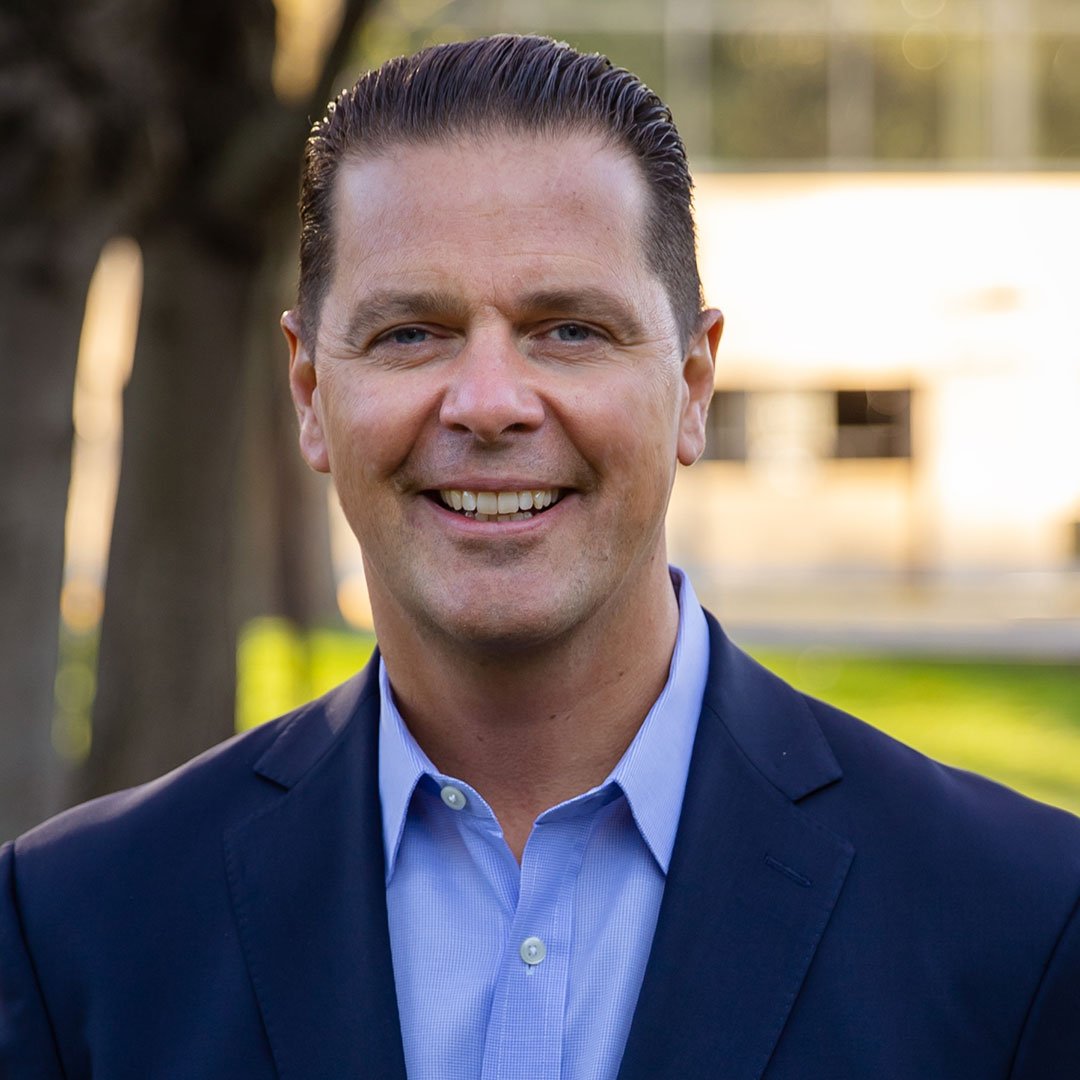When the pandemic hit, IT teams were in the spotlight to deliver technologies in support of anywhere operations. Over 18 months later, little has changed and many companies have since accelerated their digital transformation programs. A recent Gartner survey found that 82% of CFO’s are planning to increase investment in digital capabilities in fiscal year 2021 and predicts that worldwide IT spend will exceed $4 trillion in 2022.
If you work in IT, you’ll be forgiven for wondering how you’re going to tackle a growing backlog of project requests and how to prioritize them. You’ll no doubt have invested in many ITSM tools over time. But this growing mix of ticketing tools, workflow management systems, call logging forms, systems monitoring tools, software asset management (SAM) tools, home-grown, traditional ITSM solutions, and more, can be part of the problem.
These tools are great at doing the job they’re meant for, but their focus is narrow. Take ticketing systems – they’re good for teams following a process to manage requests and resolve issues. But ITSM tools lack the robust set of capabilities needed to execute IT infrastructure programs successfully from start to finish. You need a platform that orchestrates all your data, systems, and workflows.
At the start of any IT program, you want to understand how the change you are making will affect your entire estate. You can use your systems monitoring tools, IT discovery tools and more to collect information about users, systems, and applications. However, aggregating, cleaning and normalizing this information and connecting the dots to understand complex project dependencies will be manual and prone to errors. These errors carry significant risks including business disruption that can cost millions of dollars in lost revenue.
For an organization with thousands of employees and endpoints, it’s going to take months for multiple team members just to aggregate and analyze data manually. Once complete it will already be out of date and contain errors. It’s going to be difficult to make fast, smart decisions as the environment changes.
Because of the lack tool interoperability, you simply can’t rely on them alone to manage IT infrastructure programs. If you do, you’ll always have to fill in the gaps manually – from data collection and analysis to planning and execution. It’s going to take too long to manage change at a time when you need to become more agile and any errors in your data will be amplified as projects progress, risking business and end user disruption.
ITSM Tools Will Never Get You Where You Need to Be
If you continue to use manual processes to bridge the gaps between your ITSM tools, you’re never going to achieve the rate of digital transformation that your leadership team expects to enable anywhere operations. More programs are heading your way and you can’t afford to continue spending months and thousands of dollars attempting to customize legacy systems to manage IT infrastructure programs.
According to the 2021 Adobe State of Work report you now also run the risk of losing talented employees. 49 percent of respondents said they will quit a job if technology is out of date or hard to use. That puts greater pressure on you to understand the best-fit technologies for meeting end users’ needs and to ensure rollouts don’t get in the way of productivity.
If end users are asking for automation, don’t you think it’s time IT adopted it too? Without automation it’s going to be hard to dynamically deliver the technologies your end users need, putting your business at risk for being eclipsed by competitors.
You need to be able to make smarter decisions about infrastructure changes and make them faster without breaking anything in the process. The only way to do this is to leverage the capabilities of an emerging technology known as a digital platform conductor (DPC).
Global financial services company uses ReadyWorks alongside Jira to accelerate innovation programs.
Why you need a DPC alongside your ITSM tools
A digital platform conductor allows you to efficiently manage your IT infrastructure and reduce the risk of transformation programs. A DPC connects to and orchestrate all the point solutions that comprise your tech stack and uses artificial intelligence (AI) and machine learning (ML) to:
-
Do the heavy lifting of collecting data from multiple sources then cleans and normalizes this data.
-
Highlight all project dependencies, areas of risk and readiness.
-
Automate workflows, conducting your tools to manage their part of the task when all readiness criteria are met.
By integrating a digital platform conductor alongside your existing ITSM tools you’ll break down data siloes and unlock the potential of ‘dark data’ – the information that is held across systems and repositories in all areas of the business. A DPC minimizes data conflicts and automates the cleaning of this data to accelerate your transformation efforts.
With a holistic view across your IT environment, you’ll be able to better understand what changes are required, when they should be rolled out and how, without adversely impacting the business or your end users. The ability to leverage automation will drive more predictable results across every stage of your programs.
You’ll also be able to collaborate more effectively with stakeholders, using automated communications and self-service options to explain program details, confirm end user requirements, and schedule services for a time that doesn’t disrupt their work.
Book a demo to understand how ReadyWorks, a digital platform conductor, bridges the gaps of your ITSM tools to help you roll out change faster and smarter.
